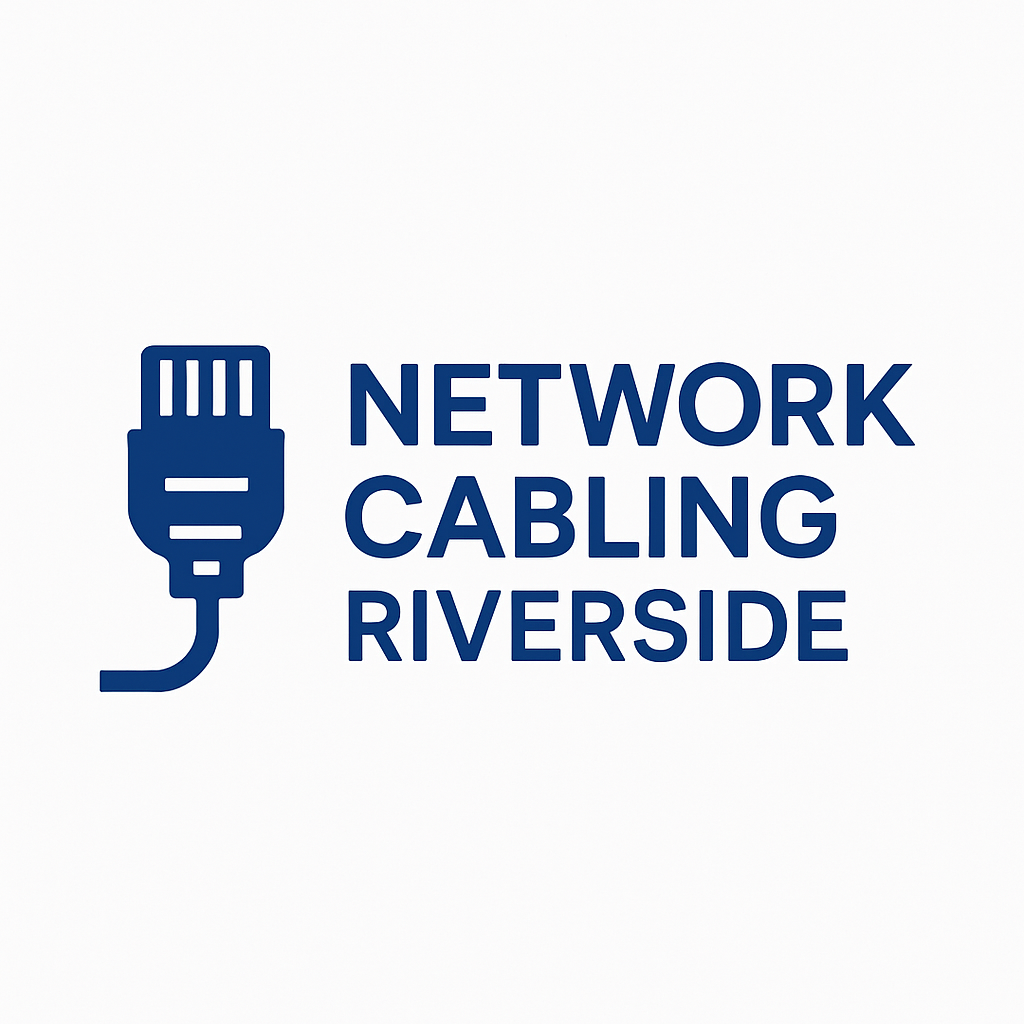Structured Cabling Services in Riverside CA | Comprehensive Guide
Structured cabling is the backbone of modern business networks. For companies in Riverside, CA, understanding the essentials of structured cabling can improve network efficiency, reduce downtime, and future-proof IT infrastructure. This blog explores what structured cabling is, its benefits, types, and best practices for installation and maintenance.
What is Structured Cabling?
Structured cabling refers to a standardized system of cabling and connectivity components designed to support multiple hardware uses. Unlike point-to-point cabling, structured cabling provides a flexible framework that accommodates future upgrades. It is essential for voice, data, video, and other communication systems.
Key features include:
- Centralized management for easier troubleshooting
- Standardized components for uniformity
- Scalable design for future network expansion
Benefits of Structured Cabling
Implementing structured cabling in Riverside businesses offers several advantages:
- Enhanced Network Performance
Structured cabling reduces network congestion and interference, ensuring high-speed and reliable connectivity. - Reduced Downtime
With organized cables and centralized management, identifying and fixing network issues becomes faster. - Scalability
Structured cabling allows businesses to expand their network without major infrastructure changes. - Cost Efficiency
Although initial installation can be more expensive, structured cabling reduces long-term maintenance costs. - Future-Proofing
Modern structured cabling systems support the latest technologies, including high-speed internet, VoIP, and video conferencing.
Types of Structured Cabling
Structured cabling is divided into several categories to support different network needs:
1. Horizontal Cabling
This cabling connects individual workstations to the network’s central point. Typically, it uses Category 5e, Category 6, or Category 6a cabling depending on speed requirements.
2. Backbone Cabling
Backbone cabling connects telecommunications rooms, equipment rooms, and data centers. It often uses fiber optic cables for long-distance, high-speed transmission.
3. Telecommunications Room Cabling
These systems house networking equipment, patch panels, and switches. Organized room layouts ensure easier maintenance and expansion.
4. Equipment Room Cabling
Cables connecting servers and network devices in equipment rooms must be carefully managed for airflow, accessibility, and safety.
5. Work Area Cabling
These are the cables that directly connect devices to the horizontal cabling system. Proper labeling and organization prevent network issues.
Structured Cabling Standards
Structured cabling follows international standards to ensure compatibility and reliability. The most widely recognized standards include:
- ANSI/TIA-568
- ISO/IEC 11801
Compliance ensures that cabling supports optimal performance and is compatible with devices from different manufacturers.
Best Practices for Structured Cabling Installation
Proper installation is critical for maximizing the benefits of structured cabling. Here are some best practices:
- Conduct a thorough site survey before installation
- Use high-quality cabling and components
- Properly label all cables and ports
- Ensure sufficient cable management with trays and racks
- Test all connections after installation
- Document the network layout for future reference
Maintenance and Troubleshooting
Routine maintenance ensures the longevity of a structured cabling system. Key practices include:
- Regular inspection of cables and connectors
- Cleaning and dusting equipment rooms
- Updating documentation after network changes
- Monitoring network performance to identify issues proactively
Common Misconceptions
Some businesses in Riverside may believe that structured cabling is only necessary for large enterprises. In reality, even small offices benefit from organized and scalable cabling systems. Another misconception is that fiber optic cabling is too expensive, but its long-term advantages often outweigh the upfront costs.
Frequently Asked Questions
Conclusion
Structured cabling is a critical investment for businesses in Riverside, CA. It enhances network performance, ensures scalability, and reduces downtime. Whether a small office or a large enterprise, implementing a structured cabling system improves efficiency and future-proofs your technology infrastructure. Understanding the types, standards, and best practices allows businesses to make informed decisions and maintain a reliable, high-speed network for years to come.
